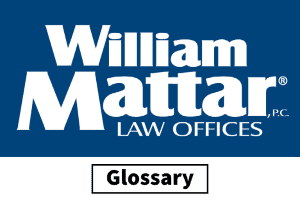

(844) - 444-4444

Traffic signs, traffic lights, pavement markings, and other similar devices help maintain order on roadways by guiding the flow of motor vehicle, bicycle, and pedestrian traffic. These signals, broadly known as traffic control devices, are important because when obeyed by New York motorists they can help prevent motor vehicle accidents.
Traffic signs inform individuals about traffic rules, roadway hazards, locations, and directions. A traffic sign’s shape and color will typically indicate the type of information it provides. According to the New York State Department of Motor Vehicles, common forms of traffic signs include:
Traffic lights are normally stationed at intersections. They usually have the option to read red, yellow, and green. Traffic lights may come in various forms. For instance, they may consist of only one-color light, they may be steady or flash, or they may be round or illuminate as arrows.
According to the DMV, under New York State law if a traffic light is not functioning properly, motorists must come to a complete stop and then proceed using the proper right-of-way rules unless told to continue by a traffic officer.
Pavement markings include lines and symbols on the roadway which divide lanes and advise motorists when you can engage in certain driving maneuvers, like passing other vehicles or changing lanes. Pavement markings can include edge and lane lines, arrows, and diamond symbols.
Lines divide lanes and indicate where motorists can and cannot pass other vehicles or change lanes. Symbols generally tell motorists which lanes they must use for turns and where they must stop for traffic signs, traffic lights, or other traffic control signals. They may also use arrows to illustrate the direction that traffic must flow on a particular lane or roadway.
This brief summary only captures the general nature of the most common types of traffic control devices. For a deeper understanding of these devices, please feel free to visit the New York State Department of Motor Vehicles Driver’s Manual or consult the New York Vehicle and Traffic Law.





